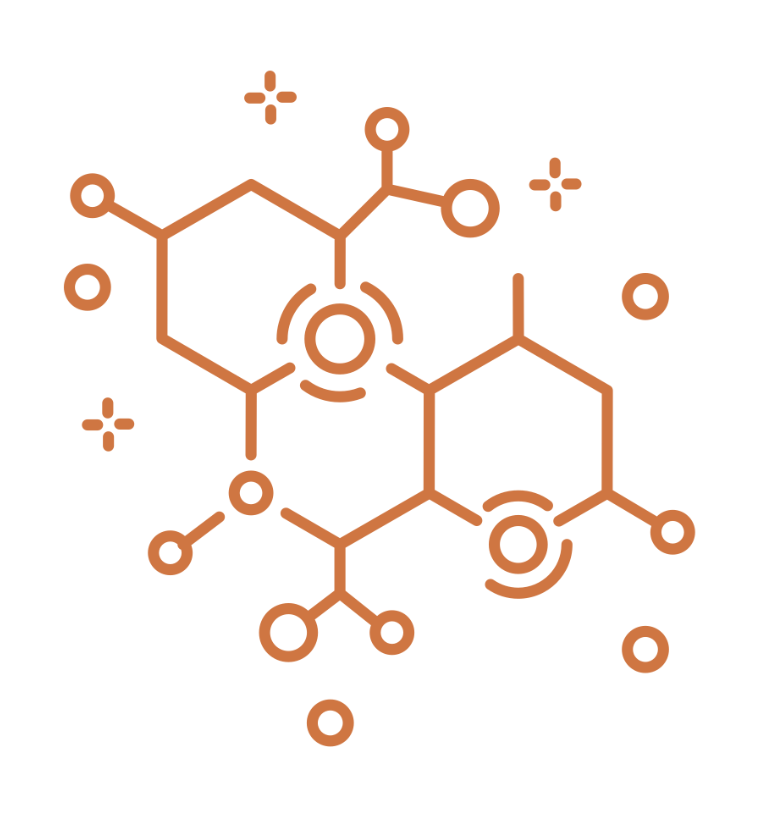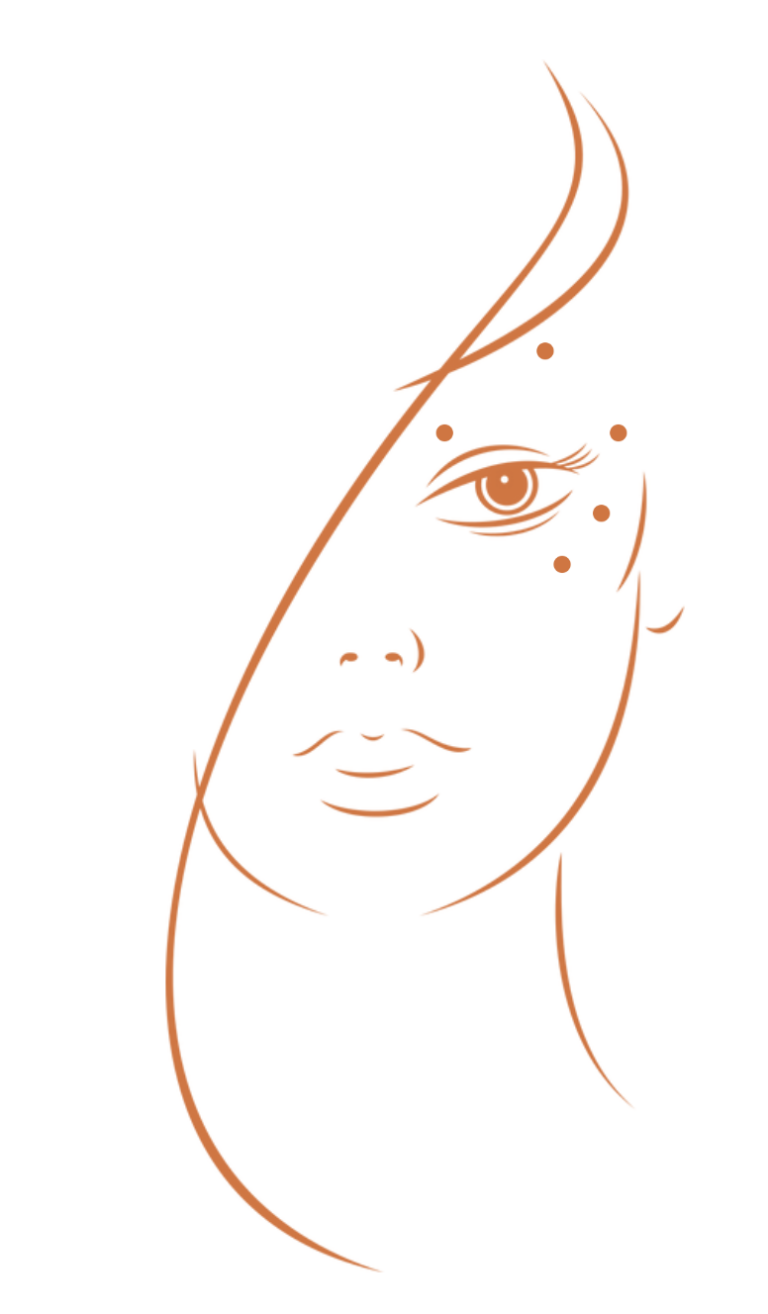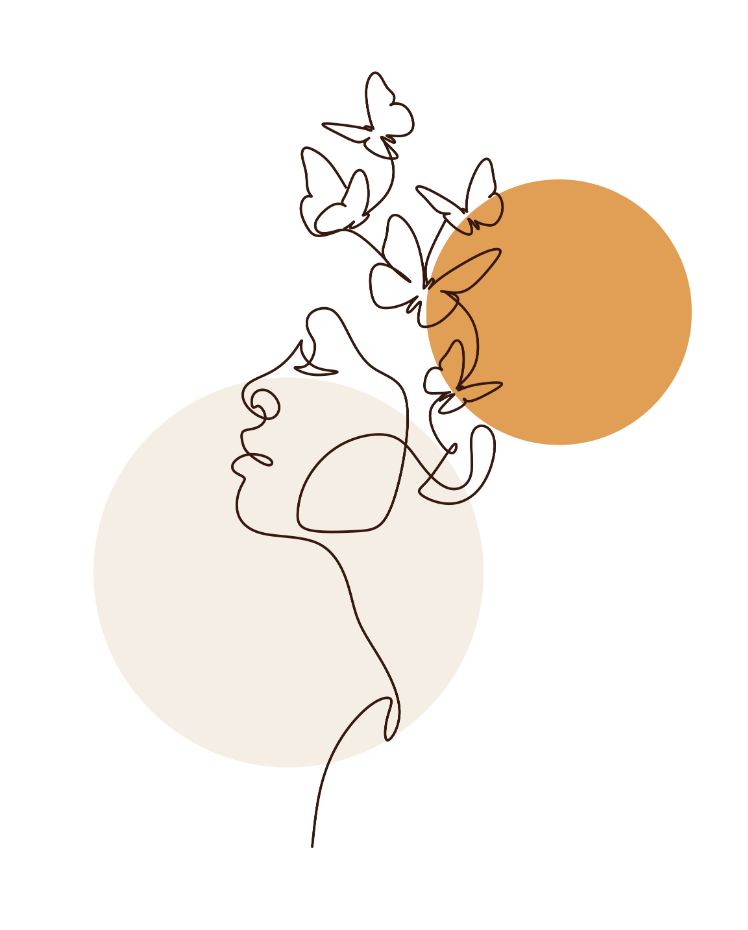Hyaluric acid

Hyaluronic acid represents a major component of the connective tissue of the dermis, in which collagen and elastic fibers are embedded. By binding to the water in tissues, it increases their elasticity, hydration and firmness in addition to having healing and anti-inflammatory properties.
It is reproduced in the laboratory and, except for isolated cases of hypersensitivity, is free of contraindications (except for pregnancy, lactation, collagenopathies or autoimmune skin diseases) or side effects.
However, its concentration within skin connective tissue tends to decrease with advancing age. While this constant and considerable decrease is among the main culprits of skin aging, hyaluronic acid injection allows for the re-tuning of mature skin by stimulating cellular function and giving the skin its lost firmness and radiance.
For all these reasons, this substance has been successfully used in the dermatological-aesthetic field for several years now.
It is injected by the physician with a very small needle into the dermal thickness or subcutaneous tissue depending on the site and depth to be treated. The filling or smoothing effect is variable and depends on the skin type i.e., the quality and quantity of hyaluronic acid used. The cosmetic result is not permanent because of the progressive resorption of the substance, which makes it necessary to repeat the treatment periodically approximately every 6-12 months depending on the case.
Hyaluric acid
Hyaluronic acid represents a major component of the connective tissue of the dermis, in which collagen and elastic fibers are embedded. By binding to the water in tissues, it increases their elasticity, hydration and firmness in addition to having healing and anti-inflammatory properties.
It is reproduced in the laboratory and, except for isolated cases of hypersensitivity, is free of contraindications (except for pregnancy, lactation, collagenopathies or autoimmune skin diseases) or side effects.
However, its concentration within skin connective tissue tends to decrease with advancing age. While this constant and considerable decrease is among the main culprits of skin aging, hyaluronic acid injection allows for the re-tuning of mature skin by stimulating cellular function and giving the skin its lost firmness and radiance.
For all these reasons, this substance has been successfully used in the dermatological-aesthetic field for several years now.
It is injected by the physician with a very small needle into the dermal thickness or subcutaneous tissue depending on the site and depth to be treated. The filling or smoothing effect is variable and depends on the skin type i.e., the quality and quantity of hyaluronic acid used. The cosmetic result is not permanent because of the progressive resorption of the substance, which makes it necessary to repeat the treatment periodically approximately every 6-12 months depending on the case.

Botulinum toxin

Botulinum is a highly purified presidium (derived from a bacterium, Clostridium botulinum) that in the medical-aesthetic field allows to temporarily and locally inhibit the excessive contraction of certain mimic muscles and consequently the formation of wrinkles at the level of the upper third of the face i.e. forehead, eyebrow region, glabellar and periocular (crow’s feet).Thus, these are so-called dynamic wrinkles that result in a tired and fatigued appearance especially around the eyes that open less due to the lowering of the eyebrow region and the presence of numerous wrinkles on the sides of the eyes themselves. Botox is injected in very small doses in the form of pomphi that leave no visible marks by means of a syringe equipped with a very thin needle; it does not require any kind of anesthesia being practically painless. The effect of relaxation of the mimic muscles and smoothing of wrinkles begins about 3 days after treatment and lasts about 5 months at the end of which the treatment can be repeated. The cosmetic result in the treated regions is so satisfactory that botulinum in the last 15 years has practically replaced forehead lift surgery.The real goal of the treatment is to recontour the eyes and especially the surrounding areas to a toned and rested appearance while hiding the signs of aging and fatigue.Thus, botulinum does not fill in like hyaluronic acid-based fillers but allows for a fresh and snappy expression in the evening as well as in the morning. It seems almost impossible to ” read ” in these patients the signs of physical fatigue and daily stress.It is essential to emphasize that this more than other procedures, is highly operator dependent; a good use of botulinum, in addition to the sense and aesthetic measure of the doctor in accordance with the expectations of the patient, will aim not to erase completely the imperfections of the face but to attenuate ,to reduce the too many wrinkles that age our face.The amimic , plastic and excessively pulled effect of botox if these rules are respected will not occur.For some years now, botox has also been used to reduce masseter muscle hypertrophies that give the face an overly square and masculine shape that sees women penalized in their femininity by reconfirming the face as a whole with a more oval shape. It is also used in the treatment of hypertrophic vertical bands of the platysma muscle in the central region of the neck, which, earlier than other areas, reveals the signs of passing time.
In small doses, botulinum can also be used to tone sagging muscles of the lateral regions always of the platysma muscle of the neck.The result is therefore also for the lower third of the face a more toned and less “droopy ” appearance for those who wish to postpone a neck lift.Another important indication for the use of botulinum is hyperhidrosis, or excessive sweating in the axilla, hands or feet, which can be effectively eliminated by resolving strong psychological discomfort in patients who are unable to have a full and relaxed social life.

Botulinum toxin
Botulinum is a highly purified presidium (derived from a bacterium, Clostridium botulinum) that in the medical-aesthetic field allows to temporarily and locally inhibit the excessive contraction of certain mimic muscles and consequently the formation of wrinkles at the level of the upper third of the face i.e. forehead, eyebrow region, glabellar and periocular (crow’s feet).Thus, these are so-called dynamic wrinkles that result in a tired and fatigued appearance especially around the eyes that open less due to the lowering of the eyebrow region and the presence of numerous wrinkles on the sides of the eyes themselves. Botox is injected in very small doses in the form of pomphi that leave no visible marks by means of a syringe equipped with a very thin needle; it does not require any kind of anesthesia being practically painless. The effect of relaxation of the mimic muscles and smoothing of wrinkles begins about 3 days after treatment and lasts about 5 months at the end of which the treatment can be repeated. The cosmetic result in the treated regions is so satisfactory that botulinum in the last 15 years has practically replaced forehead lift surgery.The real goal of the treatment is to recontour the eyes and especially the surrounding areas to a toned and rested appearance while hiding the signs of aging and fatigue.Thus, botulinum does not fill in like hyaluronic acid-based fillers but allows for a fresh and snappy expression in the evening as well as in the morning. It seems almost impossible to ” read ” in these patients the signs of physical fatigue and daily stress.It is essential to emphasize that this more than other procedures, is highly operator dependent; a good use of botulinum, in addition to the sense and aesthetic measure of the doctor in accordance with the expectations of the patient, will aim not to erase completely the imperfections of the face but to attenuate ,to reduce the too many wrinkles that age our face.The amimic , plastic and excessively pulled effect of botox if these rules are respected will not occur.For some years now, botox has also been used to reduce masseter muscle hypertrophies that give the face an overly square and masculine shape that sees women penalized in their femininity by reconfirming the face as a whole with a more oval shape. It is also used in the treatment of hypertrophic vertical bands of the platysma muscle in the central region of the neck, which, earlier than other areas, reveals the signs of passing time.
In small doses, botulinum can also be used to tone sagging muscles of the lateral regions always of the platysma muscle of the neck.The result is therefore also for the lower third of the face a more toned and less “droopy ” appearance for those who wish to postpone a neck lift.Another important indication for the use of botulinum is hyperhidrosis, or excessive sweating in the axilla, hands or feet, which can be effectively eliminated by resolving strong psychological discomfort in patients who are unable to have a full and relaxed social life.
Biorevitalization

Hyaluronic acid represents a major component of the connective tissue of the dermis, in which collagen and elastic fibers are embedded. By binding to the water in tissues, it increases their elasticity, hydration and firmness in addition to having healing and anti-inflammatory properties.
It is reproduced in the laboratory and, except for isolated cases of hypersensitivity, is free of contraindications (except for pregnancy, lactation, collagenopathies or autoimmune skin diseases) or side effects.
However, its concentration within skin connective tissue tends to decrease with advancing age. While this constant and considerable decrease is among the main culprits of skin aging, hyaluronic acid injection allows for the re-tuning of mature skin by stimulating cellular function and giving the skin its lost firmness and radiance.
For all these reasons, this substance has been successfully used in the dermatological-aesthetic field for several years now.
It is injected by the physician with a very small needle into the dermal thickness or subcutaneous tissue depending on the site and depth to be treated. The filling or smoothing effect is variable and depends on the skin type i.e., the quality and quantity of hyaluronic acid used. The cosmetic result is not permanent because of the progressive resorption of the substance, which makes it necessary to repeat the treatment periodically approximately every 6-12 months depending on the case.
Biorevitalization
Hyaluronic acid represents a major component of the connective tissue of the dermis, in which collagen and elastic fibers are embedded. By binding to the water in tissues, it increases their elasticity, hydration and firmness in addition to having healing and anti-inflammatory properties.
It is reproduced in the laboratory and, except for isolated cases of hypersensitivity, is free of contraindications (except for pregnancy, lactation, collagenopathies or autoimmune skin diseases) or side effects.
However, its concentration within skin connective tissue tends to decrease with advancing age. While this constant and considerable decrease is among the main culprits of skin aging, hyaluronic acid injection allows for the re-tuning of mature skin by stimulating cellular function and giving the skin its lost firmness and radiance.
For all these reasons, this substance has been successfully used in the dermatological-aesthetic field for several years now.
It is injected by the physician with a very small needle into the dermal thickness or subcutaneous tissue depending on the site and depth to be treated. The filling or smoothing effect is variable and depends on the skin type i.e., the quality and quantity of hyaluronic acid used. The cosmetic result is not permanent because of the progressive resorption of the substance, which makes it necessary to repeat the treatment periodically approximately every 6-12 months depending on the case.

